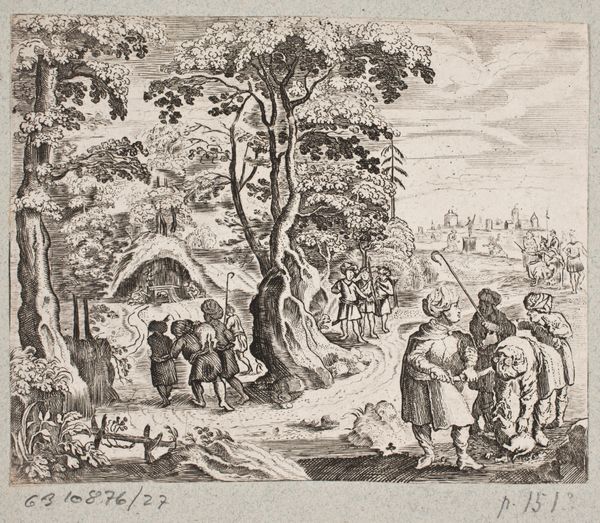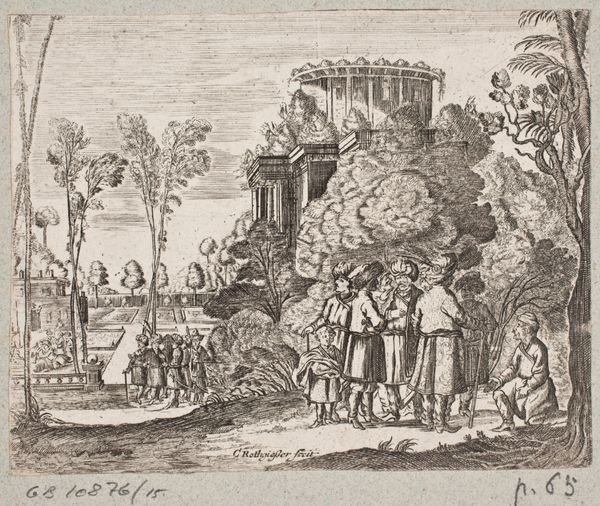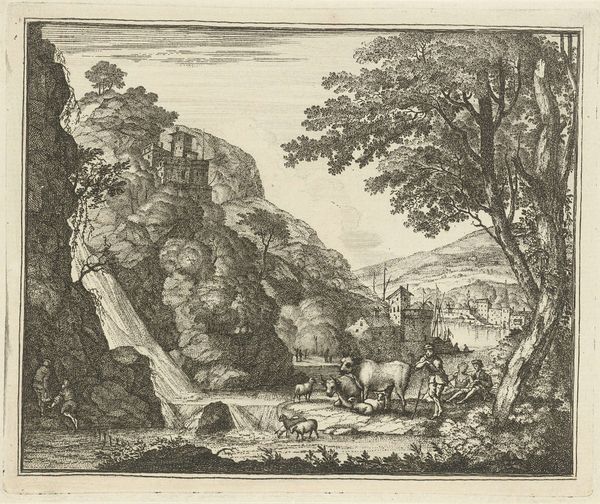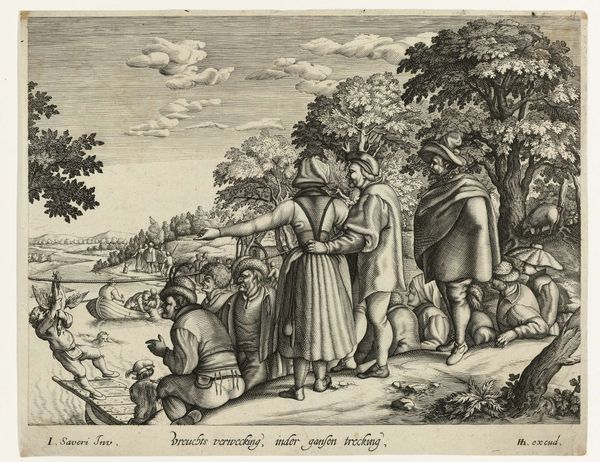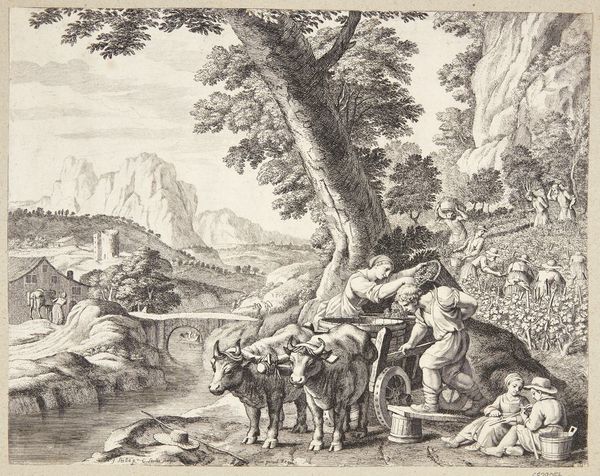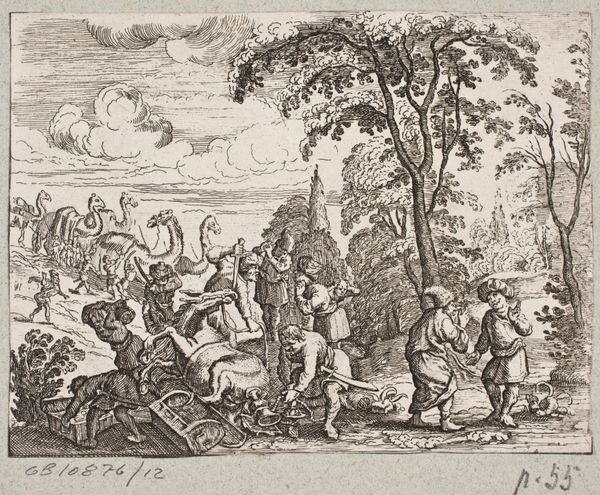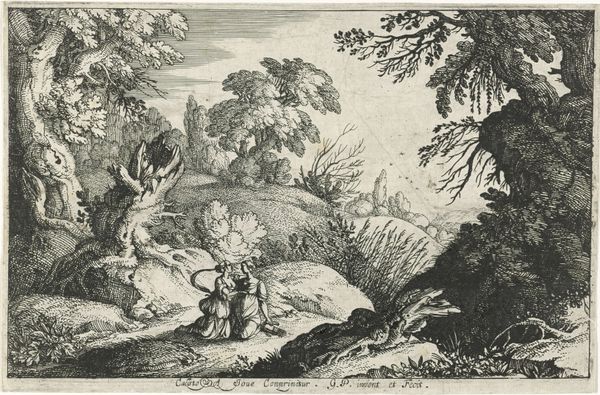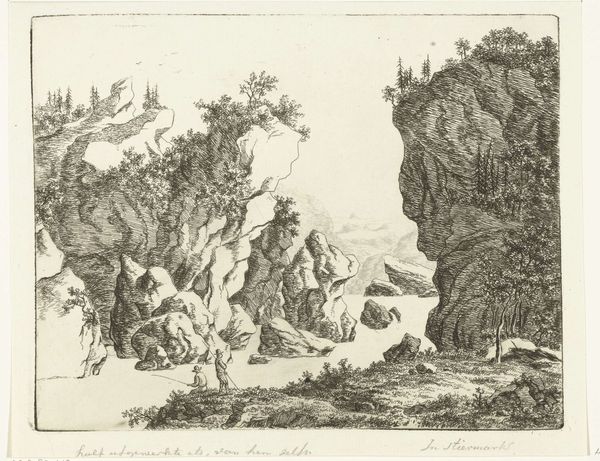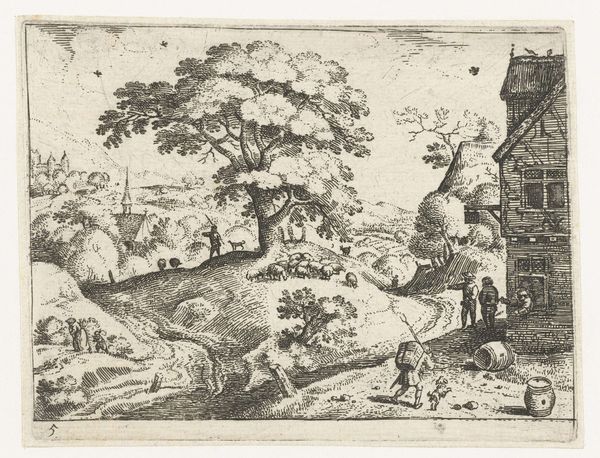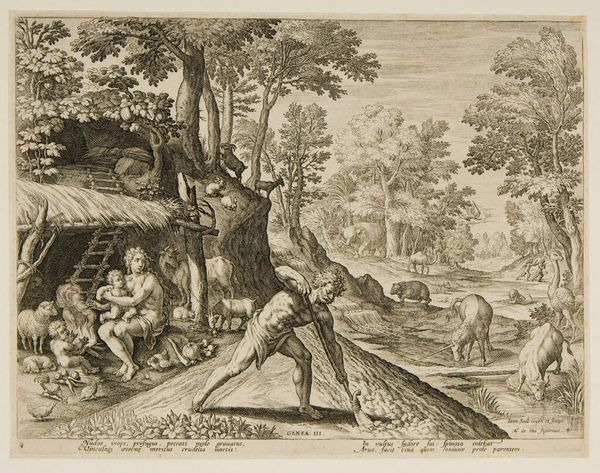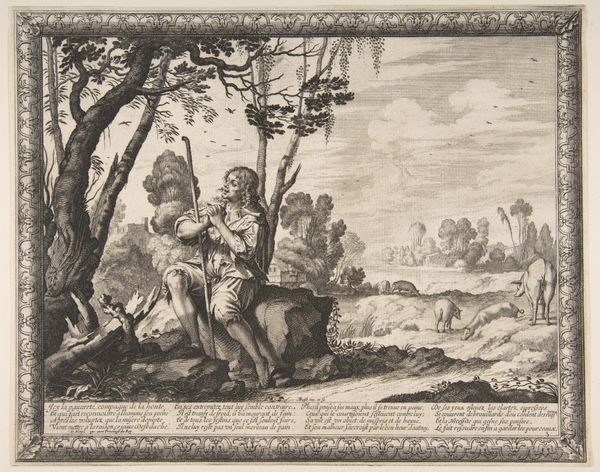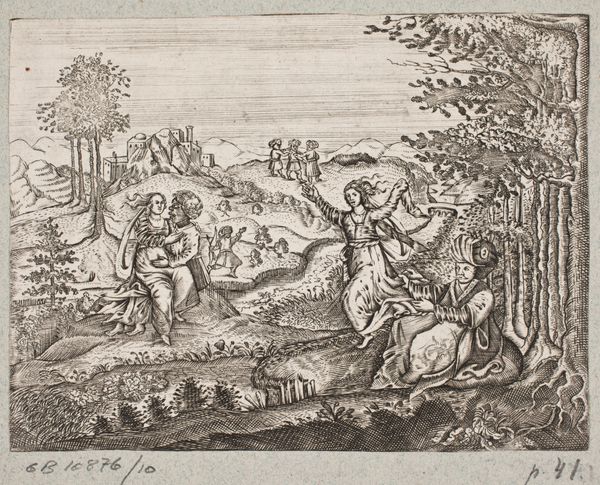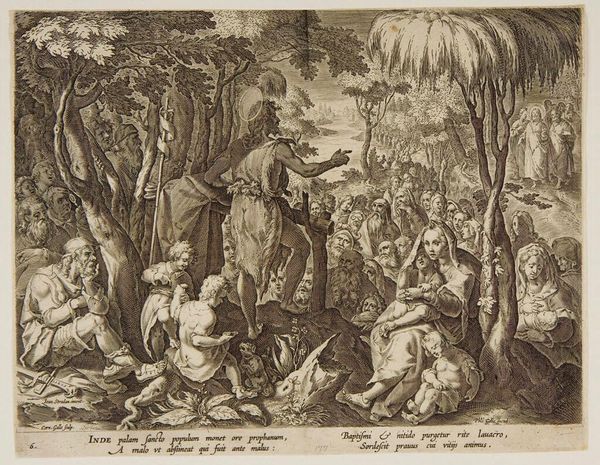![Illustration til Adam Olearius, “Persianischer Rosenthal von einem Sinnreichen Poeten Schich Saadi […]”, Schleswig 1660 by Christian Rothgiesser](/_next/image?url=https%3A%2F%2Fd2w8kbdekdi1gv.cloudfront.net%2FeyJidWNrZXQiOiAiYXJ0ZXJhLWltYWdlcy1idWNrZXQiLCAia2V5IjogImFydHdvcmtzLzJiYTU4YzQwLWVlNDUtNGExYi1iZTQ2LTI2MzliMjU3ODhiMi8yYmE1OGM0MC1lZTQ1LTRhMWItYmU0Ni0yNjM5YjI1Nzg4YjJfZnVsbC5qcGciLCAiZWRpdHMiOiB7InJlc2l6ZSI6IHsid2lkdGgiOiAxOTIwLCAiaGVpZ2h0IjogMTkyMCwgImZpdCI6ICJpbnNpZGUifX19&w=3840&q=75)
Illustration til Adam Olearius, “Persianischer Rosenthal von einem Sinnreichen Poeten Schich Saadi […]”, Schleswig 1660 1660
0:00
0:00
print, engraving
#
quirky sketch
#
baroque
# print
#
pen sketch
#
sketch book
#
landscape
#
figuration
#
personal sketchbook
#
sketchwork
#
pen-ink sketch
#
line
#
pen work
#
sketchbook drawing
#
history-painting
#
storyboard and sketchbook work
#
sketchbook art
#
engraving
Dimensions: 105 mm (height) x 133 mm (width) (bladmaal)
Editor: Here we have an engraving from 1660, "Illustration til Adam Olearius, ‘Persianischer Rosenthal von einem Sinnreichen Poeten Schich Saadi…" by Christian Rothgiesser. It depicts a gathering of figures in what seems like a rocky, outdoor setting. It’s interesting how the scene almost feels theatrical, like a play is about to unfold. What catches your eye when you look at this piece? Curator: Immediately, I see this image functioning within a very specific historical context. Olearius’s “Persianischer Rosenthal” was a key text for Europeans trying to understand Persia in the 17th century. Rothgiesser’s illustration, therefore, isn't just an aesthetic creation; it's deeply embedded in the politics of knowledge and representation. Editor: Politics? In a little book illustration? Curator: Absolutely! Think about who commissioned this work, and what purpose it served. This image helps to construct a specific, potentially biased, European vision of Persian culture. Notice the artist’s visual vocabulary, the way he depicts these figures. Is it accurate, or does it cater to European expectations and stereotypes? Editor: So you’re suggesting the artist may have been more focused on appealing to his European audience than on accurately depicting Persian culture? Curator: Precisely. And it begs the question: how did images like this contribute to a larger understanding—or misunderstanding—of non-European cultures during this period? Consider, also, how the institution of publishing itself influenced the spread and reception of such imagery. It served a vital purpose shaping public opinion. Editor: I never thought of it that way, but it makes total sense. It’s not just about the pretty picture, it’s about the whole cultural apparatus that surrounds it. Curator: Exactly! We can start to question how the political climate and cultural institutions affect the very stories we tell ourselves. And how we see "the Other" in a broader sense. Editor: That's really insightful, I'll never look at historical illustrations the same way again!
Comments
No comments
Be the first to comment and join the conversation on the ultimate creative platform.
